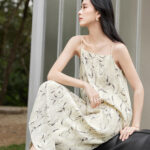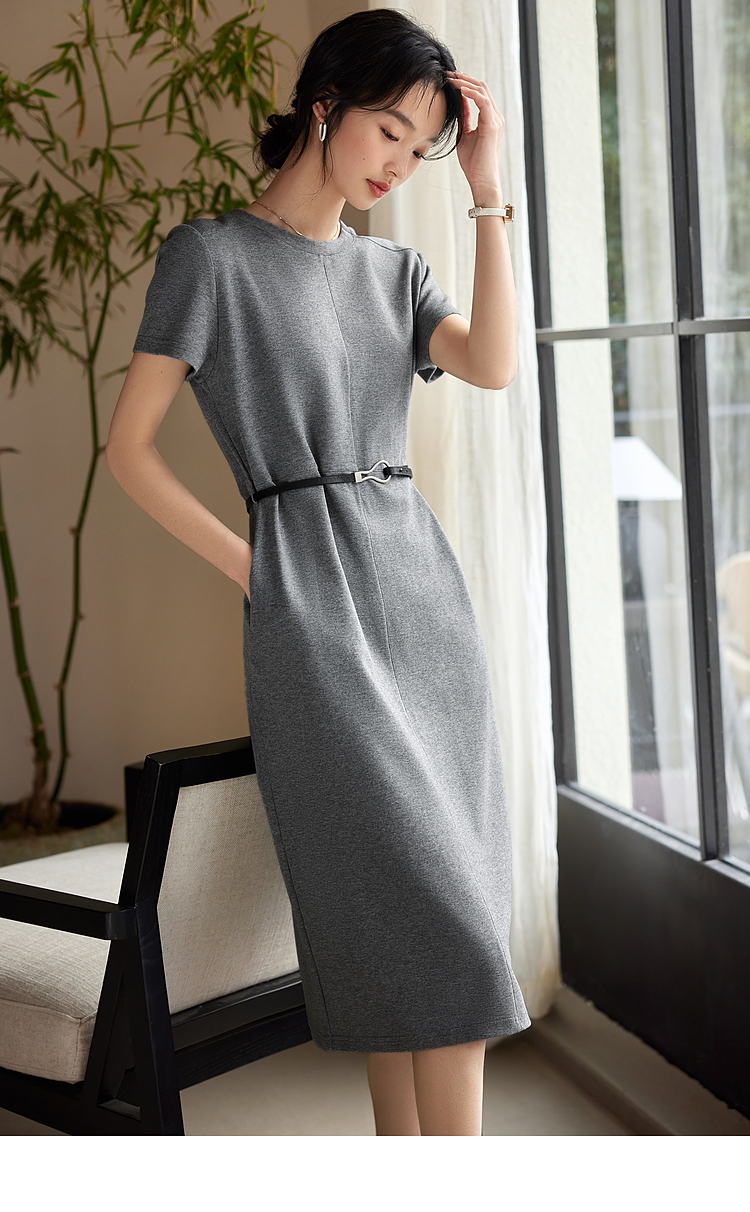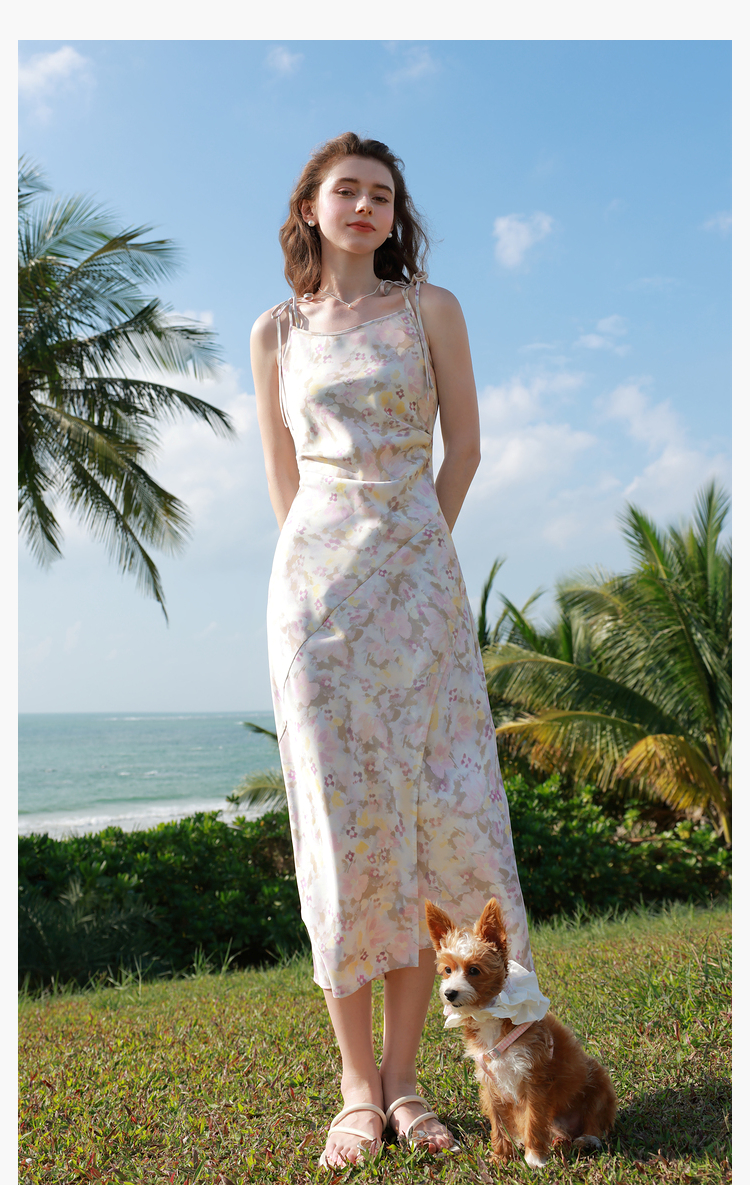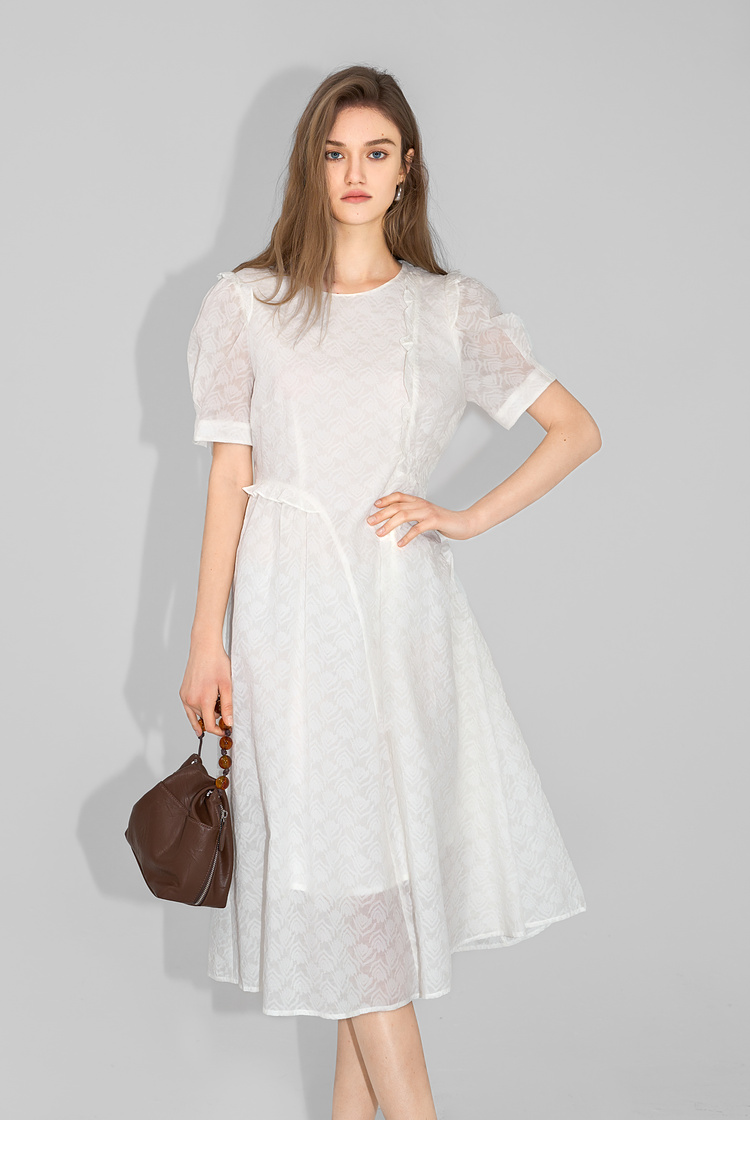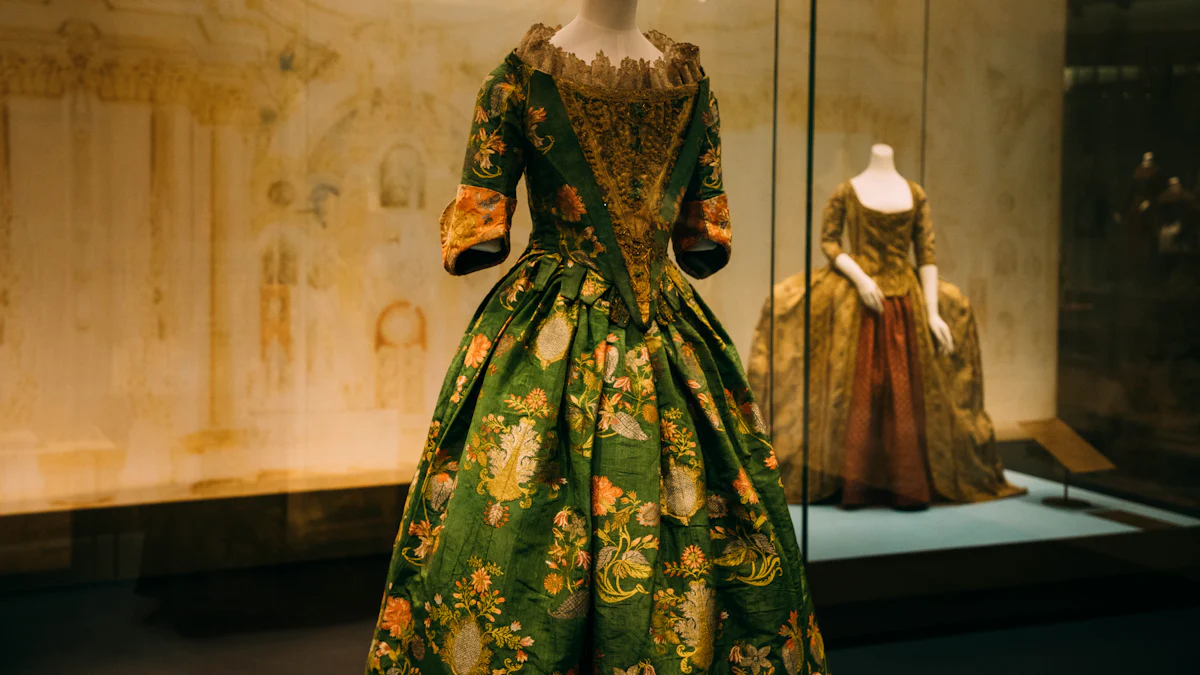 Medieval women’s clothing in the Middle Ages was not merely a means of covering the body; it was a reflection of societal norms and economic structures. Cloth production and international trade played pivotal roles in shaping the wardrobe of women during this era. Evidence from various academic disciplines reveals the intricate details of medieval women’s clothing, providing a glimpse into their daily lives. This blog delves into the significance of attire in medieval society, exploring how fashion evolved over centuries. Join us on a journey through time to unravel the mysteries of medieval women’s clothing.
Medieval women’s clothing in the Middle Ages was not merely a means of covering the body; it was a reflection of societal norms and economic structures. Cloth production and international trade played pivotal roles in shaping the wardrobe of women during this era. Evidence from various academic disciplines reveals the intricate details of medieval women’s clothing, providing a glimpse into their daily lives. This blog delves into the significance of attire in medieval society, exploring how fashion evolved over centuries. Join us on a journey through time to unravel the mysteries of medieval women’s clothing.
The Basics of Medieval Women’s Clothing
When exploring the realm of medieval women’s clothing, one cannot overlook the diverse array of materials and fabrics that adorned these garments. From the humblest peasant to the noblest lady, a variety of textiles were utilized to create attire that suited different social strata.
Common Fabrics
In the bustling markets and workshops of medieval Europe, linen was a staple fabric for crafting everyday garments. Its breathability and versatility made it a popular choice among women from all walks of life. Additionally, wool emerged as another prevalent material due to its warmth and durability, especially favored during colder seasons.
Luxurious Materials
For those seeking opulence and extravagance in their wardrobe, silk reigned supreme as the epitome of luxury. Reserved for the elite few, silk garments symbolized wealth and sophistication. The shimmering threads woven into intricate patterns added an air of elegance to special occasions.
Styles and Designs
The evolution of fashion trends in medieval times brought forth a myriad of styles and designs that reflected both individual taste and societal norms. From practical everyday wear to elaborate ensembles for grand celebrations, women’s clothing underwent constant transformations.
Everyday Wear
For daily tasks and chores, women donned simple yet functional attire that allowed ease of movement. Tunics paired with skirts or dresses became commonplace, providing comfort without compromising on style. Various patterns and colors adorned these garments, offering a glimpse into the wearer’s personality.
Special Occasions
When festivities beckoned or important events unfolded, women turned to more elaborate outfits to make a statement. Intricate embroidery, vibrant hues, and flowing silhouettes characterized special occasion attire. Fashion trends dictated changes in styles and colors over time, with black emerging as a fashionable choice for formal gatherings.
Practicality and Functionality
In a world where manual labor was prevalent, practicality was paramount when designing women’s clothing. Attire needed to withstand the rigors of daily work while still exuding elegance and grace.
Work Attire
Peasant women relied on sturdy fabrics like wool for their work attire, ensuring durability in demanding environments. Simple yet well-constructed garments allowed them to move freely while tending to agricultural tasks or household chores.
Seasonal Clothing
As the seasons changed, so did the wardrobe choices of medieval women. Thick woolen cloaks provided warmth during winter months, while lighter linens kept them cool in summer. Adaptability in clothing was essential to navigate through varying weather conditions with ease.
Regional Variations
Western Europe
In France, the fashion landscape of medieval women’s clothing was a tapestry of elegance and sophistication. The French women adorned themselves in exquisite gowns tailored to perfection, showcasing intricate embroidery and fine craftsmanship. The attire in France exuded a sense of refinement, with flowing silhouettes that accentuated the feminine form. Vibrant hues and rich fabrics graced the wardrobes of noblewomen, reflecting their elevated status in society.
Across the English Channel in England, a different sartorial story unfolded. Women’s clothing in England bore a distinct charm, blending simplicity with understated grace. The English women favored practicality in their attire, opting for tailored garments that allowed ease of movement. Earthy tones and modest designs characterized everyday wear, mirroring the pragmatic nature of English culture. Despite regional variations, both French and English women embraced fashion as a means of self-expression and societal identity.
Eastern Europe
Venturing into Russia, one encountered a fusion of tradition and innovation in medieval women’s clothing. Russian women embraced ornate embellishments and bold patterns, infusing their attire with cultural symbolism. Flowing fabrics draped elegantly around the body, creating a regal aura befitting the Russian landscape. From intricate headscarves to embroidered blouses, each garment told a story of heritage and heritage.
In Poland, a similar reverence for tradition permeated the realm of women’s fashion. Polish women adorned themselves in vibrant colors and intricate designs that reflected their cultural roots. Embroidered folk costumes became emblematic of Polish identity, celebrating centuries-old customs and rituals. The attire in Poland symbolized resilience and pride, embodying the spirit of unity among its people.
Influence on Modern Fashion
Designers draw inspiration from the elegance and grandeur of medieval women’s clothing to create avant-garde pieces that redefine contemporary fashion. The revival of medieval aesthetics in modern couture reflects a timeless allure that transcends centuries. Chainmail-inspired looks grace the runways, paying homage to the intricate craftsmanship of medieval attire.
Incorporating elements from historical garments, designers infuse modern collections with a touch of medieval mystique. Glossy breastplates reminiscent of knightly armor make a bold statement on the catwalk, blending tradition with innovation. Tom Ford’s Spring 2020 collection showcases a fusion of past and present, where medieval influences seamlessly merge with cutting-edge design.
By reimagining medieval silhouettes and embellishments, fashion houses breathe new life into classic styles. Long-toed shoes and plunging necklines reminiscent of bygone eras find their place in contemporary wardrobes, adding a hint of nostalgia to modern ensembles. Through the lens of history, medieval women’s clothing continues to shape the landscape of fashion, inspiring creativity and pushing boundaries.
The evolution of fashion is a testament to the enduring legacy of medieval women’s clothing, where tradition meets innovation in a harmonious blend. As designers pay homage to the opulence and sophistication of the past, they pave the way for future trends that honor the rich tapestry of sartorial history.
The intricate tapestry of medieval women’s clothing unravels a narrative of societal roles and cultural expressions. From the bustling markets to noble chambers, attire served as a visual emblem of one’s status and identity. The evolution of fashion trends reflected changes in materials, styles, and colors over time. As medieval dresses embraced tailored elegance in the 14th century, they symbolized a fusion of tradition and innovation. The enduring legacy of medieval women’s clothing persists in modern couture, inspiring designers to reimagine historical aesthetics with a touch of contemporary flair.

